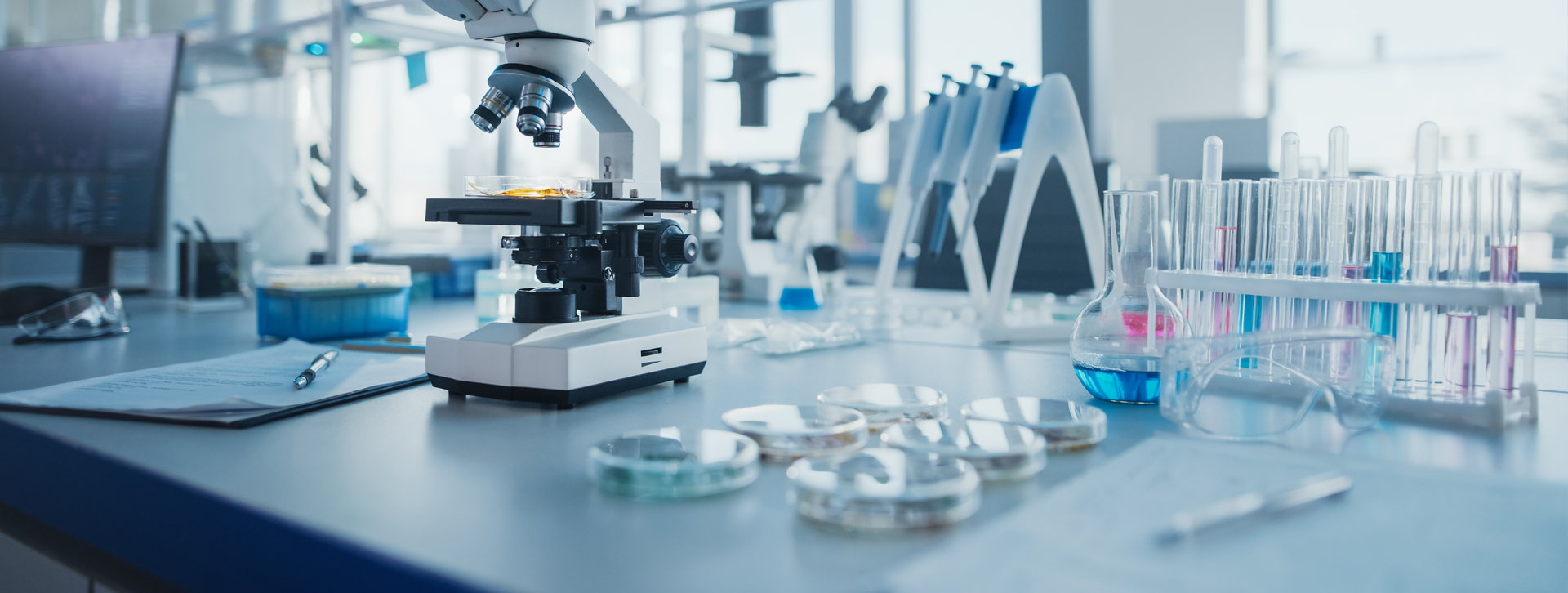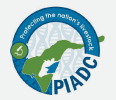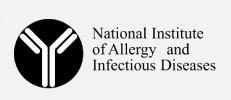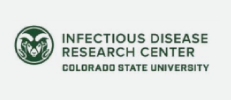
Members

Animal Health Research Center at the University of Georgia
Animal Health Research Center at the University of Georgia is a facility that enables scientists to study infectious microorganisms, parasites, and toxins in an environment that is safe for researchers, animals, and the public. The AHRC is dedicated to studying a wide variety of infectious diseases affecting both animal and human health.

APHIS National Veterinary Services Laboratories (NVSL) at US Department of Agriculture
NVSL provides a wide variety of information and services centered around diagnosis of domestic and foreign animal diseases.

APHIS Wildlife Services National Wildlife Research Center (NWRC) at US Department of Agriculture
Finding solutions to challenging wildlife disease and damage management issues.

ARS National Animal Disease Center (NADC) at US Department of Agriculture
It is the mission of NADC to conduct basic and applied research on selected diseases of economic importance to the U.S. livestock and poultry industries.

Biosecurity Research Institute (BRI) at Kansas State University
BRI is the home of comprehensive infectious disease research that address threats to plant, animal, and human health, including foodborne pathogens.
CDC Division of High Consequence Pathogens and Pathology (DHCPP)
DHCPP investigates, monitors, and controls sickness, disability, and death caused by highly lethal, viral, bacterial, prion, and related infectious diseases of unknown origin.

Galveston National Laboratory (GNL) at The University of Texas Medical Branch
GNL is a high containment research facility that serves as a critically important resource in the global fight against infectious disease.

Global Health Research Complex (GHRC) at Texas A&M University
An $86 million, 102,000 sq. ft. state-of-the-art, nationally distinct facility and core laboratory serving as a system-wide resource to combat emerging disease threats.

Laboratory for Infectious Disease Research (LIDR) at University of Missouri
LIDR is a critical resource for the faculty and collaborating scientists who perform research on infectious diseases and is a part of our nation's efforts to protect public health.

National Bio and Agro-Defense Facility (NBAF) at US Department of Agriculture
This state-of-the-art facility will be a national asset that helps protect the nation's agriculture, farmers, and citizens against the threat and potential impact of serious animal diseases.

National Emerging Infectious Diseases Laboratory (NEIDL) at Boston University
NEIDL studies infectious diseases, whether naturally occurring or introduced through bioterrorism.

National Wildlife Health Center (NWHC) at US Geological Survey
Advancing wildlife health science for the benefit of animals, humans, and the environment.

Plant and Animal Agrosecurity Research (PAAR)
PAAR conducts research with organisms that cause diseases in animals classified at Biosafety Level 3.

Plum Island Animal Disease Center (PIADC)
The PIADC serves as the nation's primary defense against accidental or intentional introduction of transboundary animal disease.

Rocky Mountain Laboratories (RML)
The RML are best known for its research into vector-borne diseases such as Rocky Mountain spotted fever, Q fever, and Lyme disease.

The Infectious Disease Research Center (IDRC) at Colorado State University
IDRC provides a research environment for developing new scientific discoveries, vaccines, methods of diagnosis, and therapeutic agents for infectious agents.

U.S. National Poultry Research Center (NPRC) at US Department of Agriculture
SEPRL responds to highly pathogenic avian influenza outbreaks and provides research information for eradication and control.
Vaccine and Infectious Disease Organization (VIDO) at the University of Saskatchewan
The Vaccine and Infectious Disease Organization (VIDO), Canada’s Centre for Pandemic Research, is a world leader in infectious disease research and vaccine development for humans and animals.
Affiliate Member
